EVALUATION STEP 3
EVALUATING THE IDEA AS A BUSINESS OPPORTUNITY
When is a good enterprise idea a business opportunity?
The type of ‘opportunities’ that can be pursued as viable businesses, or enterprises, vary greatly. The ‘lifestyle’ entrepreneur is not going to be looking for a high growth or fast-growth business, whereas the classic entrepreneur may well be looking to make as much money as fast as possible. So what then does constitute a real business opportunity?
An opportunity results from organising resources (including people, money and materials) to produce something new (either a new process or product or service) which will create either profit or social value for you and/or society. Or as one academic put it, an entrepreneurial opportunity can be thought of as “a situation in which a person can create a new means-ends framework for recombining resources that the entrepreneur believes will yield a profit” (Shane, 2004).
Source: Shane, S. (2004) A General Theory of Entrepreneurship: The Individual-Opportunity Nexus, Edward Elgar
There are several key issues to bear in mind when attempting to do this. To begin with, whatever the type and size of your opportunity, you will encounter some fundamentals of business economics that you simply cannot avoid.
Business models and ‘drivers’
An enterprise needs to have a viable ‘business model’ of how it is to create, and deliver value in terms of profit or social value to its owners and stakeholders. Who will pay for it and can it ever produce enough revenue to cover its costs? Many new internet businesses of the dot.com boom era of the late 1990’s could not adequately answer these basic questions, even though the idea behind the new business seemed enticing. [For more on the dot.com boom click here]. For every business there are also a set of key factors, or ‘drivers’, which create growth and help capture value. Different businesses have quite different business models and drivers. For example, think about the following questions in relation to a supermarket; and also to a high-tech business software consultancy:
The answers to these questions depend on identifying a clear gap in the market in the first place, and identifying the key characteristics of the particular market and industry that you are entering. It is important to understand the difference between the market you will serve and the industry that you will be competing in.
Your market consists of the people who will buy your products or services (shoppers or high-tec businesses).
Your industry consists of all the other people who produce products that are the same, similar or close substitutes for your own (food outlets, independent retailers, or other consultancy providers).
For more on business models – what they are and how to develop one for your enterprise click here
A very good introduction to the importance of the ‘market domain’ and the ‘industry domain’ is to be found in John Mullins’ book The New Business Road Test: What Entrepreneurs and Executives Should Do Before Writing a Business Plan. For full details of this, and other books from Mullins, click here.
A gap in the market?
As we have seen, good ideas are only a small part of the business start up process. Each idea must be exposed to the realities of the market, customer demand, competition, substitute (alternative products) and an appreciation of customers’ needs, ability to pay and so on. For some further insight into the range of factors that must be considered if an idea is to be developed into a business opportunity click here.
Gap_presentation
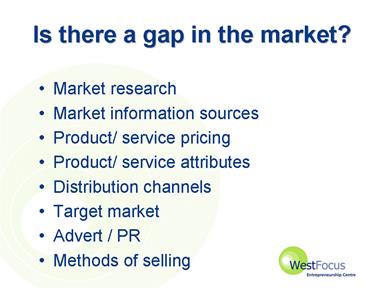
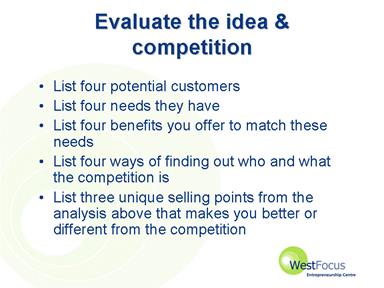
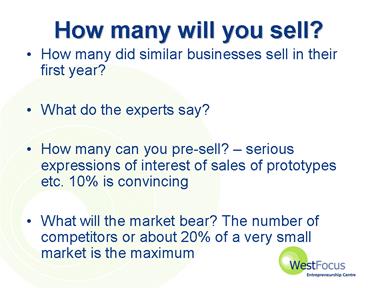
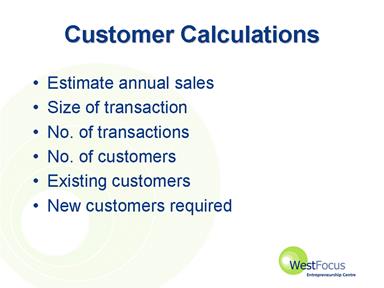
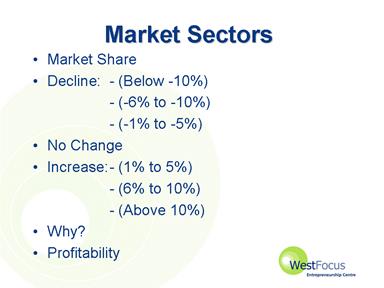
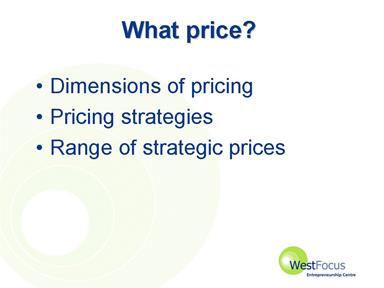
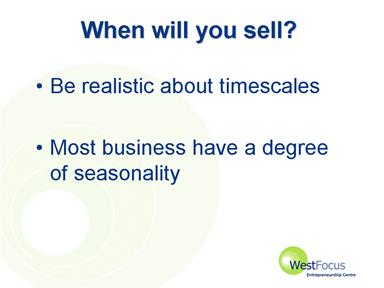
 Business case link
Business case link
Sue Whitehead ran a successful hairdressing salon in Wimbledon. But it occurred to her that, despite the fact that the salon was unisex, she hardly had any male customers. She looked at other salons in the area and discovered that there were salons like hers and basic barber shops which didn't look very cool. She had found a gap in the market and wanted to make the most of it. To read more about how she went about exploiting this gap to create a successful business opportunity click here.
Sources of market information
Understanding the market is a key part of evaluating your opportunity. A useful list of possible sources of data for market information might include the following:
Some alternative views on the ‘opportunity’
Different commentators have different views on what, for them, constitute the basis of a good ‘opportunity’.
For the entrepreneur behind the best-selling guide, The Beermat Entrepreneur, the focus should be on the particular benefits offered by your product or service.
Source: Southon & West (2002), The Beermat Entrepreneur, London, Pearson Education
![]() Activity
Activity
Think about how your product or service fares against this list.
Hierarchy of benefits
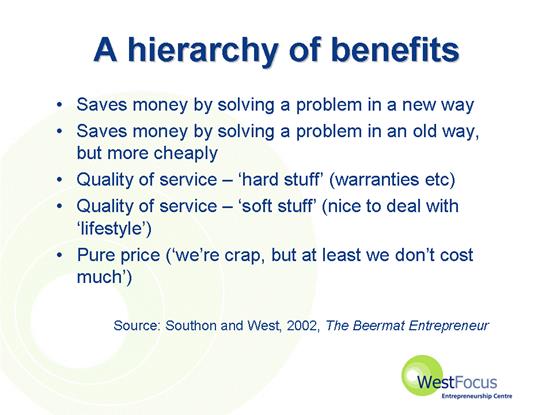
![]() Activity
Activity
And, in order to assess whether your product or service really is the opportunity of a lifetime, how would you answer these questions?
Opportunity of a lifetime 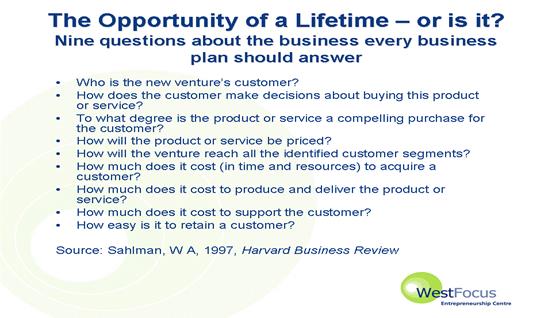
 Business case link
Business case link
To read why the Kitching family believed they had a huge opportunity because of changes in the law, click here.
Liz Gearing and Rachel Payne spotted a gap in the market - because they couldn't buy the things they wanted - and set about creating their business. To read how they went about it click here.
For an alternative view on the difference between just ‘a good idea’ and a real business opportunity watch the ‘Ideas: What makes them successful?’ Guy Kawasaki video clip - click the link here. [In this clip Kawasaki considers what the difference is between a brilliant idea that is successful and a brilliant idea that is not successful.]
![]() Activity
Activity
How would you go about finding out whether your enterprise idea is viable?
For some ideas on how to research the market click here.
The need for innovation
So far, we have focused on the importance of ensuring that your ‘good idea’ is also a genuine business ‘opportunity’. Central to this is the ability to fulfil some need or want in a way that is so far unfulfilled. Very often, this requires the successful implementation of new ideas – or innovation.
The term innovation comes from the Latin innovare meaning ‘to make something new’. Modern day understanding is that innovation is a process of turning ideas into new opportunities for value creation and of putting these into widely used practice.
Innovation is inextricably bound up with the process of entrepreneurship, as Peter Drucker has observed:
“Innovation is the specific tool of entrepreneurs, the means by which they exploit change as an opportunity for a different business or service. It is capable of being presented as a discipline, capable of being learned, capable of being practiced.”
Why innovation matters…
Innovation is an essential feature for all businesses, from the smallest to the largest. To see what former Prime Minister Tony Blair has to say about it click here
The Prime Minister’s View:
Innovation, the exploitation of new ideas, is absolutely essential to safeguard and deliver high-quality jobs, successful businesses, better products and services for our consumers, and new, more environmentally friendly processes. There are many British companies who have risen to this challenge and reaped the rewards for their vision. Those British based manufacturing industries that have invested heavily in Research and Development (R&D) have, in recent years, competed successfully in the global economy and have grown faster than the economy as a whole.
Tony Blair (DTI Innovation Report, December 2003)
You will probably have encountered the terms creativity and innovation in a wide variety of settings. Both words are used interchangeably by many writers. However, they do in fact mean very different things – especially in the context of entrepreneurship and enterprise creation. In Step 2 you explored creativity – generating new ideas. You can now see that innovation is all about ensuring that these ideas are successfully exploited. Managing this process can be extremely important for the ultimate success of your enterprise.
PEST and SWOT analysis
In order to evaluate whether your enterprise idea is a genuine business opportunity, you may find it useful to carry out a PEST analysis and a SWOT analysis at this point.
For sample frameworks and templates for PEST, SWOT and other evaluation methods that help you to come to an informed decision, click here
The PEST analysis is a useful tool for analysing the external environment in which your enterprise idea fits. The letters of this acronym stand for Political, Economic, Social, and Technological factors. To see an example for a new enterprise in the music industry click here.
PEST
Example of a PEST analysis for a new enterprise in the music industry
Political:
Economic:
Social:
Technological:
Developing your own PEST
A SWOT analysis introduces your Strengths; Weaknesses, Opportunities; and Threats. It can be helpful to think of it as a mix between an internal analysis (your own Strengths and Weaknesses – which you have already considered in Step 1) and an external analysis (your Opportunities and Threats – in the light of your PEST analysis).
e-tivity (3) – Is it viable? Use the Venture Navigator assessment tool
Now that you have investigated the market and other aspects of your business you should be in a position to evaluate if the business is viable. Fortunately there is a very useful tool to help you do this – and it is free. Venture Navigator is a method of understanding the viability of an idea at an early stage, before preparing a business plan. The opportunity is divided into seven aspects and the test examines the business idea against each aspect. It answers the key questions:
Venture Navigator has been widely endorsed and is supported by the UK government, so it is a robust tool that you should use fully. Click here
Do you have a viable opportunity here? If YES – carry on to Step 4; If NO –return to Step 2 to try out some further creative thinking about your enterprise.
Evaluation Step 3: Further links & reading
Stokes, D., Wilson, N., and Mador, M. (2010) Entrepreneurship, Cengage Learning, Chapters 3, 8 and 14.
Stokes, D. and Wilson, N. (2010) Small Business Management and Entrepreneurship edition 6, Cengage Learning, Chapters 4 and 5.
Startups.co.uk – a really useful online resource for finding out the details of setting up in business
Smarta.com – a really useful online support service for entrepreneurs with lots of guides and videos.
VentureNavigator – a highly recommended tool, this is a free online business support service offering information resources and business assessments for creating and growing a new business. It also provides assistance for startups via a community of entrepreneurs sharing startup advice.
http://www.quickmba.com/entre/business-model - the business model and how important it is
http://businessballs.com/problemsolving.htm http://www.mindtools.com/pages/main/newMN_TMC.htm
|
Free SWOT analysis framework and PEST analysis template SWOT analysis, cause and effect diagrams, understanding how processes work, risk analysis, the Ansoff matrix, the Boston matrix, Porters 5 Forces, and more |
http://www.businesslink.gov.uk/bdotg/action/layer?topicId=1073901910&tc=000KWBL203030113203|3820524367 - - Market research and marketing reports
http://www.marketingprofs.com/marketing/online-seminars/235 - social media marketing research
DTI Living Innovation - self assessment test on innovation
http://www.orderannualreports.com/v5/index - Order free annual reports on any business/company.
Source: http://cws.cengage.co.uk/stokeswilsonmador/students/Edited%20Launching%20a%20new%20venture/Launching%20a%20new%20venture%20-%201.3.doc
Web site to visit: http://cws.cengage.co.uk/
Author of the text: indicated on the source document of the above text
If you are the author of the text above and you not agree to share your knowledge for teaching, research, scholarship (for fair use as indicated in the United States copyrigh low) please send us an e-mail and we will remove your text quickly. Fair use is a limitation and exception to the exclusive right granted by copyright law to the author of a creative work. In United States copyright law, fair use is a doctrine that permits limited use of copyrighted material without acquiring permission from the rights holders. Examples of fair use include commentary, search engines, criticism, news reporting, research, teaching, library archiving and scholarship. It provides for the legal, unlicensed citation or incorporation of copyrighted material in another author's work under a four-factor balancing test. (source: http://en.wikipedia.org/wiki/Fair_use)
The information of medicine and health contained in the site are of a general nature and purpose which is purely informative and for this reason may not replace in any case, the council of a doctor or a qualified entity legally to the profession.
The texts are the property of their respective authors and we thank them for giving us the opportunity to share for free to students, teachers and users of the Web their texts will used only for illustrative educational and scientific purposes only.
All the information in our site are given for nonprofit educational purposes